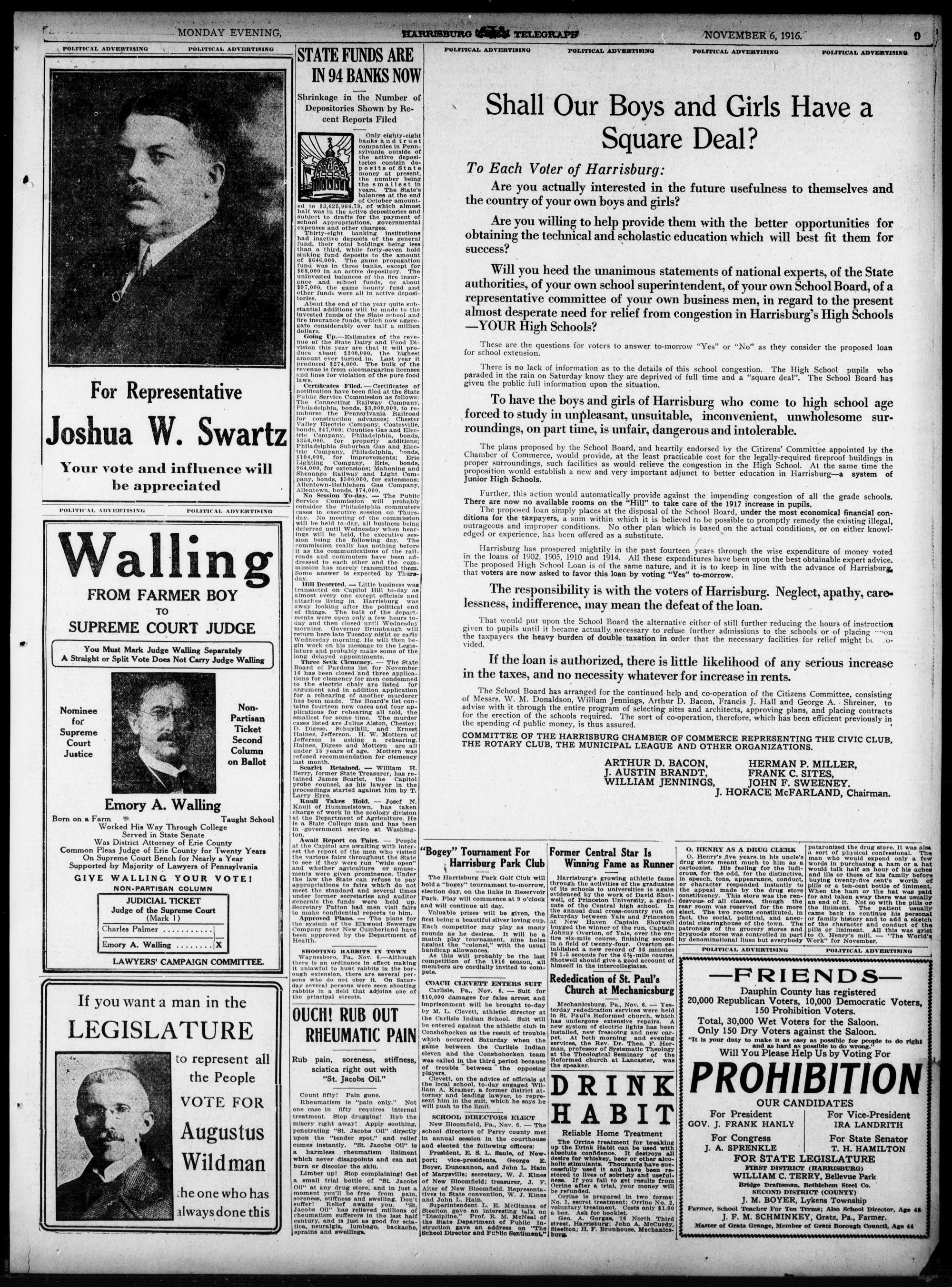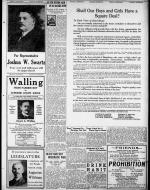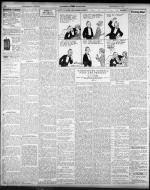Created by Omayra Girau on Thu, 05/18/2023 - 00:42
Description:
In this display case, four newspapers clip from between 1916 and 1984 represent how Pennsylvania schools struggle for education equity. Educational equity is complex and can take many forms, but it essentially means that each child receives what they need to develop to their full academic and social potential. Today, education funding relies on federal, state, and local government funds. Between 1957 and 1966, Pennsylvania’s funding formula remained unchanged. Education funding was distributed to districts based on districts’ teaching units. Teaching units are the curricular content the teacher creates for their student instead of the base of students' educational needs. The inadequate and inequitable funding system did not ensure proper education for all children. In 1916, districts could apply for loans to help mitigate improved school conditions and provide material for students. In 1919, many public schools were implemented to benefit those who could not afford private schools. Public schools started growing, which opened education to underprivileged students who could not afford previously to attend school. In 1977, we saw a tuition hike due to the presidential budget deficit. In 1984, the news clip provided a clip of the United States Department of Education Budget under the President Reagan administration. These are only some examples of education inequity. School funding is key to equitable education, which is the core of a greater society.
1. Harrisburg Telegraph, “Shall Our Boys and Girls Have a Square Deal?” from Chronicling America: Historic American Newspapers, 1916, Library of Congress.
In this newspaper clip, the city's voters can decide regarding an education loan. The announcement details why it is needed, how the loan will be expended, and the cost to the taxpayers. It is a call to action. Progressivism emerged in many different locations from 1890 to 1917, and sometimes it had a social justice emphasis on economic and social inequality. In this newspaper clip, we learned how money plays a vital role in education equity. Educational loans were taken to make up for the deficit of governmental, educational funds.
2. Harrisburg Telegraph, “Harrisburg Schools Past and Present,” from Chronicling America: Historic American Newspapers, 1919, Library of Congress.
In this newspaper clip, reflections are shared regarding the public schools of Harrisburg, past and present. The American education system was influenced by educational practices that began in the early 1600s. Pilgrims and the Puritans established their churches and schools, which aided in teaching and practicing the scriptures. These schools formed the earliest framework for the education system in America. In the late 1860s, twelve to fifteen percent of the school population was in private schools. Years later, several public schools were open, providing equal education to young people regardless of class or condition. Public schools provide the opportunity for young people to be given the advantage of primary and secondary education at public expense.
3. The Quad, “Tuition Hike is a Reality,” from West Chester University School Newspapers, 1977, Pennsylvania State Archives Collections.
In this newspaper clip, the article review tuition hike due to the Pennsylvania state legislature budget on August 23, 1977, causing a 5 million dollars shortest of needed funding. The state legislature also advised that no state money would be given to auxiliary services. Studies also have shown that diversity drops when tuition rises, causing changes in the racial and ethnic makeup of students. Racially diverse schools and classrooms can benefit all students by exposing them to other students who are different from themselves, which helps them navigate adulthood in an increasingly diverse society. Moreover, tuition hikes impacted all students, but more those who cannot afford high education, creating more inequity.
4. Gary Byron, “Reagan Budget ‘Inadequate’ for Schools,” from NEIU Digital Commons, 1984, JSTOR.
In this newspaper clip, the graph represents the 1994 U.S. Department of Education Budget under President Reagan's administration. According to the graph, President Carter requested $15.6 billion before leaving office. The budget for Fiscal Year 1985 should be $22.9 billion after adjusting for inflation. However, the budget requested under the Reagan administration was only $15.3 billion. The education budget proposal was $7.6 billion less the amount needed to restore programs to 1980 levels. The inequitable amount of spending per school would have led to the disparity in academic achievement.





